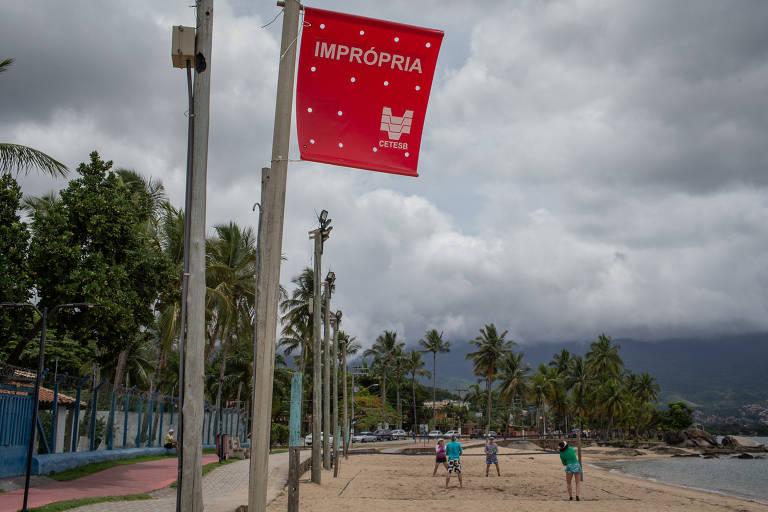Folha's survey assessed 663 locations between November 2018 and last October. The data do not take into account the effects of the oil spill that hit 11 states and 15 of 31 monitored municipalities.
The verified index shows that Brazil’s beaches are worsening. In 2018, 40% of them were bad or very bad; In 2016 and 2017, that number was around 35%.
The report followed federal standards in the survey. A beach is considered fit for swimming if it has not recorded more than 1,000 faecal coliforms for every 100 ml of water in the week of analysis and in the previous four.
Beach data were collected from 14 states. Amapá and Piauí were left out because they do not measure water quality, and Pará did not report its data.
Brazil's main destination, the city of Rio de Janeiro had only 4 of its 64 measuring points rated as good.
On the coast of São Paulo, five cities are considered a priority by the Ministry of Tourism: Ubatuba, Praia Grande, Guarujá, São Sebastião and Ilhabela - where none of the 19 places observed was considered adequate.
The southern region, which has only Santa Catarina municipalities on the list, registered slight improvement.
The Northeast, which has the largest strip of tourist beaches in the country, has the worst case scenario: 1 out of 3 monitored points became inappropriate for swimming for more than half of the year.
Translated by Kiratiana Freelon
